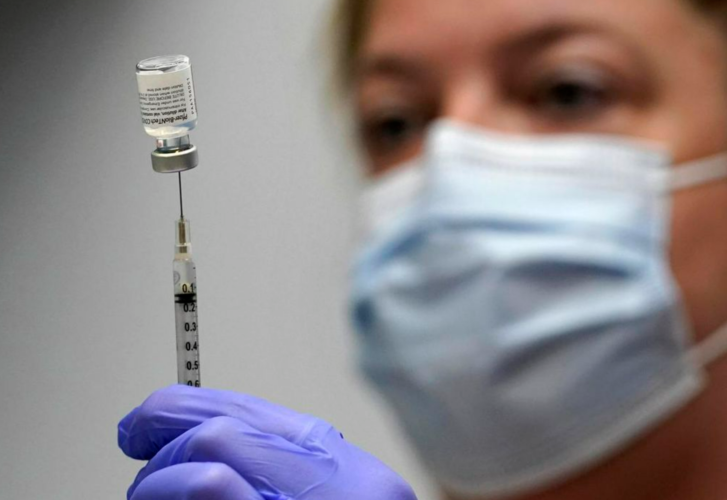The emergence of two sublineages of the COVID-19 Delta variant in Western Canada holds important lessons for the rest of the country on the consequences of allowing a virus to spread unchecked, infectious disease experts say.
But it’s yet to be known if the sublineages, called AY.25 and AY.27, are more effective at replicating or a greater threat to Canadians.
Dr. Jessica Minion, a medical microbiologist with the Saskatchewan Health authority, highlighted her concerns with the Delta variant sublineages in a town hall last Thursday.
The Delta variant is the dominant variant in Saskatchewan, making up nearly 100 per cent of cases. Minion said the AY lineage cases are “exploding” in number, from only 12 on Oct. 9 to nearly 125 as of Nov. 5.

“It is very difficult from an epidemiologic perspective to sort out whether those expansions of the AY lineages are due to advantageous mutations that are making them more transmissible … (or) maybe this particular lineage got into a population that was largely unvaccinated, got into a super-spreader event and is expanding exponentially due to pure chance,” she said.
Alberta and Saskatchewan have grappled with the highest rates of infection and the lowest rates of vaccination among the provinces in the fourth wave. Dr. Ilan Schwartz, an infectious diseases expert and assistant professor at the University of Alberta, said the more opportunities a virus has to replicate the more likely genetic mutations will occur.
“It’s unsurprising in a climate where the virus has basically been given free reign over the summer and fall months specifically in Alberta and Saskatchewan,” Schwartz said.
“The question is to what extent these random mutations are going to confer a fitness or survival advantage that is going to allow the one particular mutant or variant to be able to out-compete other random mutants or variants?”
That still remains to be seen. The earliest detection of the AY.25 and AY.27 sublineages were in Western Canada, specifically Alberta and B.C., but that doesn’t mean they originated here, said Dr. Jeffrey Joy, an assistant professor at the University of British Columbia’s faculty of medicine and an expert in genomic epidemiology.
“I was able to see that there’s actually an identical sequence detected in India at around the same time. So I think the jury is still out a little bit on whether it actually evolved here or whether it came here,” Joy said, noting there is a lot of interchange between Canada and India.
“We were doing a lot more surveillance here than they were doing in India at that time,” he added.
What it does show is that the virus will continue to mutate and evolve, something that is expected, but especially in areas where there are large populations of people unvaccinated.
“It highlights for everybody that evolution is happening right here in Canada, potentially, and every new infection is an opportunity for the virus to evolve,” Joy said.
Caroline Colijn, an epidemiologist, mathematician and professor at Simon Fraser University, said AY.25 was circulating in other parts of the world whereas AY.27 is an almost exclusively a Western Canadian phenomenon.
“That doesn’t mean it’s only here, because of course people in the world are not sequencing all of the cases,” she said.
What does it mean for Canadians? The sublineages are already on the move and could become the dominant strain in Canada. Thus far, there is some indication the new sublineages are slightly more effective at spreading.
But they don’t seem to pose a much greater threat than the baseline Delta variant.
“It looks like they are expanding and have a slight transmission advantage. (But) it’s not to Delta the way Delta was to Alpha or the way Alpha was to the original COVID,” Colijn said.
While experts are cautious to ring alarm bells over the discovery, Schwartz said they offer a cautionary tale to the rest of the country.
“It doesn’t really change what we do clinically, but it does sort of reinforce what scientists have been saying for many months, which is it’s bad idea to allow unhindered replication of this,” he said.
“This is something we’re paying for now in terms of increased cases, but then we may ultimately see consequences down the road in terms of giving this virus the opportunity to generate new variants that may potentially create some difficulty for us.”
Article From: The Star
Author: Omar Mosleh

